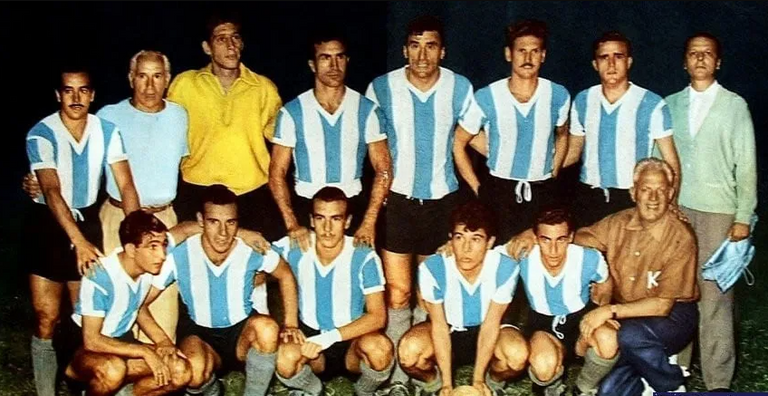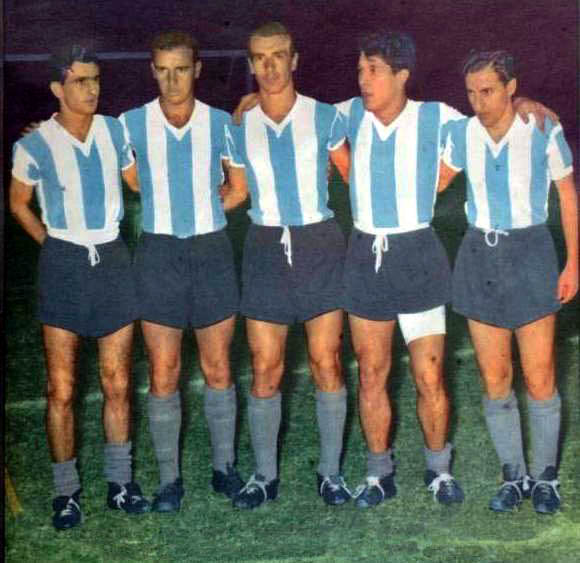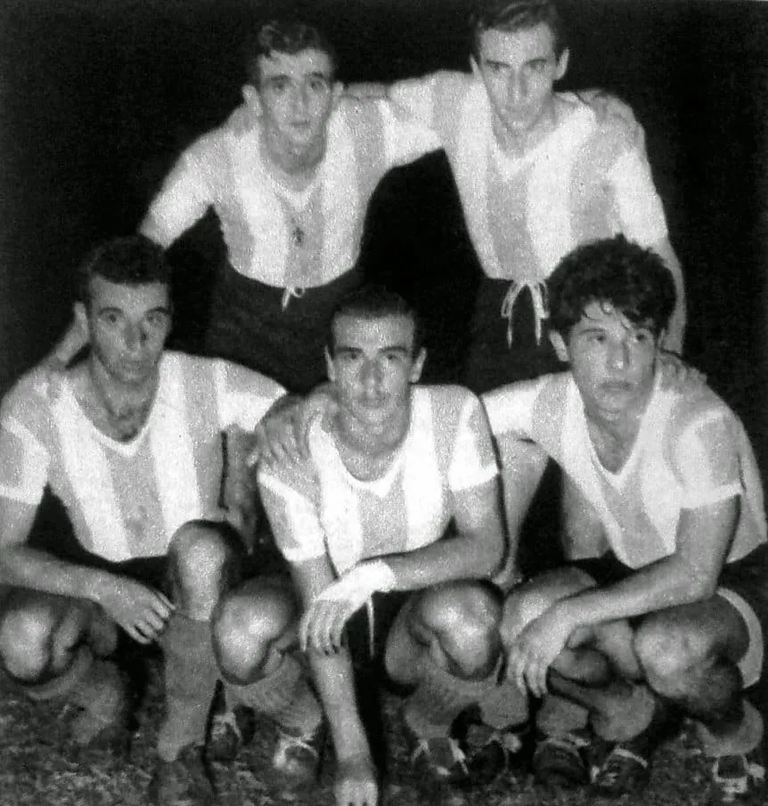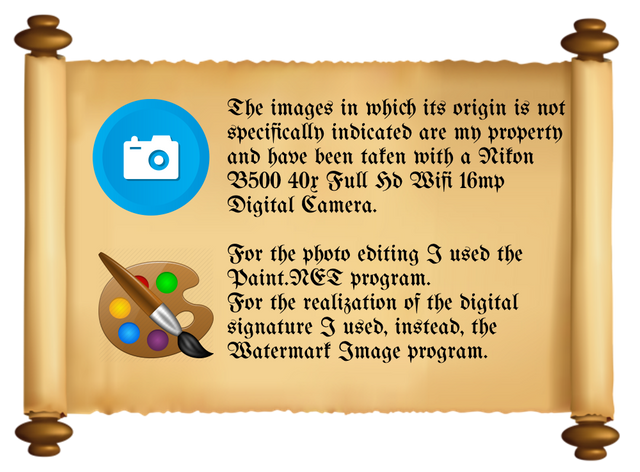
With remarkable performances and a team full of talent, Argentina won the 1957 South American Championship in Lima after crushing Brazil. It was one of the most brilliant champions of the competition.
There are teams that surpass their own achievements, that exist beyond their greatest achievement or their best version. They remain in the memory of even those who did not see them play, but who were told their legend. The Carasucias of the 1957 South American Championship in Lima are an unavoidable example in this sense: they played together only 6 official matches, but nobody ever forgot them. Since that Wednesday, April 3, when Argentina was crowned champion by beating Brazil 3-0, that striker of Oreste Corbatta, Humberto Maschio, Antonio Angelillo, Enrique Sívori and Osvaldo Cruz began to form part of the profuse mythology of Argentine football.
Argentina had a remarkable campaign in that tournament. They won their first five matches in a row: 8-2 against Colombia, in their debut; 3-0 against Ecuador; 4-0 against Uruguay; 6-2 against Chile; and 3-0 against Brazil. They fulfilled that claim so often unattainable, defined by three verbs that begin with "g": to win, to like, to thrash. The lineup, in addition to the five stars who shone in the attack, was made up of: Rogelio Domínguez, Pedro Dellacha, Federico Vairo, Juan Carlos Giménez, Néstor Rossi and Angel Schandlein.
On the day of the Olympic comeback, Argentina did not defeat any rival: Oswaldo Brandao's Brazil would win the World Cup in Sweden the following year - with Pelé, Vavá and Zagallo -. On that penultimate date, everything was resolved for the team led by Guillermo Stábile. The only negative aspect was the farewell to the tournament, with a 2-1 defeat against Peru on April 6. It was logical: after Brazil's defeat, the players left the training camp in the name of celebration.
Even beyond their applause-worthy game, that team took home all the numerical and honorary laurels, including records: With nine goals, Maschio was, along with Uruguayan Ambrois, the top scorer in the Sudamericano. Neither before nor after has another player scored more goals than Bocha in a single edition of the top continental tournament. The team was also the highest scorer (with 25) and Rogelio Domínguez the one who scored the fewest goals, with six. In addition, Stábile consolidated -with his sixth title- the status of coach with the most Copa América victories.

Sívori, with his low socks and his self-confidence, was a delight. He was officially chosen as the best player of the tournament. He was portrayed -with his impeccable pen- by the journalist Héctor Hugo Cardozo: "In that journey through the early years, when the ball (cloth or rubber on the ground or cobblestones) was the favorite toy, Sívori was the model for copying A child's dream. The crack when cracks abounded. The one who stepped on it best, the one who dribbled best, the one who slept with the yellow number 5 on the instep of his left foot, the one who feinted and made his rivals fall like round-legged dolls, that's why each play was transformed into a complete manual for the ideal player, for cunning, ingenuity, skill, talent, goals, and the figure of El Cabezón was magnified in each fantasy that the newspapers related and in each story by Fioravanti. ".
Between Maschio (21 years old at the time), Angelillo (19) and Sívori (20) scored 20 of the 24 Argentine goals in the South American. However, they were not called up to participate in the World Cup the following year. Maschio himself explained this when asked by journalist Oscar Barnade: "They never called us up. They preferred those who played in Argentina. And, in addition, there was not as much information as there is now. In Lima we made a tremendous difference with the rest of the teams. We beat Brazil, who later became world champion, although Pelé was not there and Garrincha was a substitute,"
That South American tournament was the launch to European glory for Maschio (at Bologna), Angelillo (at Inter) and Sívori (at Juventus, where he was considered the "King of Calcio"). Without the three, Argentina went to Sweden and returned in the first round, after the tough 6-1 defeat to Czechoslovakia. That blow was the proof: the National Team missed Los Carassucias.

Con actuaciones notables y un equipo repleto de talento, Argentina ganó el Sudamericano de 1957 en Lima tras aplastar a Brasil. Fue uno de los campeones más brillantes de la competición.
Hay equipos que superan sus propias conquistas, que existen más allá de su máximo logro o de su mejor versión. Quedan instalados en la memoria incluso de quienes no los vieron jugar, pero les contaron su leyenda. Las Carasucias del Sudamericano de Lima de 1957 son un ejemplo ineludible en este sentido: jugaron juntos solo 6 partidos oficiales, pero nadie los olvidó jamás. Desde aquel miércoles 3 de abril en que Argentina se consagró al vencer 3-0 a Brasil, ese delantero de Oreste Corbatta, Humberto Maschio. Antonio Angelillo, Enrique Sívori y Osvaldo Cruz comenzaban a formar parte de la profusa mitología del fútbol argentino.
Argentina tuvo una campaña notable en ese torneo. Ganaron los primeros cinco partidos de forma consecutiva: 8-2 ante Colombia, en su debut; 3-0 a Ecuador; 4-0 a Uruguay; 6-2 a Chile; y 3-0 a Brasil. Cumplió con ese reclamo tantas veces inalcanzable, definido por tres verbos que comienzan con "g": ganar, gustar, thrash. La formación, además de las cinco estrellas que brillaron en el ataque, estaba integrada por: Rogelio Domínguez, Pedro Dellacha, Federico Vairo, Juan Carlos Giménez, Néstor Rossi y Angel Schandlein.
El día del regreso olímpico, Argentina no derrotó a ningún rival: la Brasil de Oswaldo Brandao ganaría al año siguiente —ya con Pelé, Vavá y Zagallo— el Mundial de Suecia. En esa penúltima fecha todo estaba resuelto para la Selección dirigida por Guillermo Stábile. El único aspecto negativo fue la despedida del torneo, con derrota por 2-1 ante Perú el 6 de abril. Era lógico: tras la derrota de Brasil, los jugadores abandonaron la concentración en nombre de los festejos.

Incluso más allá de su juego para los aplausos, aquella Selección se llevó todos los laureles numéricos y de honor, con récords incluidos: Con nueve goles, Maschio fue junto al uruguayo Ambrois el máximo goleador del Sudamericano. Ni antes ni después otro futbolista anotó más goles que el Bocha en una sola edición del máximo torneo continental. El equipo también fue el más goleador (con 25) y Rogelio Domínguez el que menos goleó, con seis. Además, Stábile consolidó -con su sexto título- la condición de técnico con más Copa América conquistada.
Sívori, con sus medias bajas y su desparpajo, era una delicia. Lo eligieron oficialmente como el mejor jugador del torneo. Fue retratado -con su impecable pluma- por el periodista Héctor Hugo Cardozo: "En ese recorrido por los primeros años, cuando la pelota (de tela o de goma sobre suelo o adoquín) era el juguete privilegiado, Sívori fue el modelo para copy El sueño de un niño. El crack cuando abundaban los cracks. El que mejor lo pisaba, el que mejor regateaba, el que se dormía la 5 amarilla en el empeine de la zurda, el que fintaba y caían los rivales como muñecos de patas redondas, por eso cada jugada se transformó en un completo manual para el jugador ideal, por picardía, ingenio, habilidad, talento, goles, y la figura de El Cabezón se magnificaba en cada fantasía que relataban los diarios y en cada relato de Fioravanti. ".
Entre Maschio (21 años entonces). Angelillo (19) y Sívori (20) anotaron 20 de los 24 goles argentinos en el Sudamericano. Sin embargo, no fueron convocados para participar en el Mundial del año siguiente. El mismo Maschio lo explicó al ser consultado por el periodista Oscar Barnade: "Nunca nos llamaron. Preferían a los que jugaban en Argentina. Y, además, no había tanta información como ahora. En Lima hicimos una diferencia tremenda con el resto de Los equipos le ganamos a Brasil, que luego se convirtió en campeón del mundo, aunque Pelé no estuvo y Garrincha fue suplente",
Aquel sudamericano fue el lanzamiento a la gloria europea de Maschio (al Bologna), Angelillo (al Inter) y Sívori (a la Juventus, donde lo consideraban "Rey del Calcio"). Sin los tres, Argentina se fue a Suecia y volvió en primera ronda, tras la dura derrota por 6-1 a Checoslovaquia. Ese golpe fue la demostración: la Selección extrañó a Los Carasucias.
Source images / Imágenes fuente: AFA.



Gracias por leer. / Thank you for reading.
Los enlaces de mis sitios web / Links to my websites :
